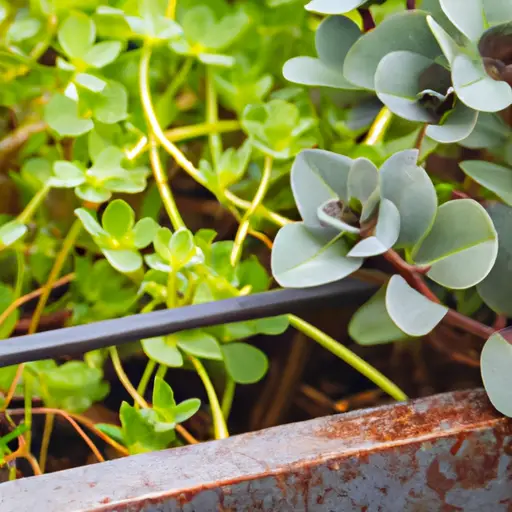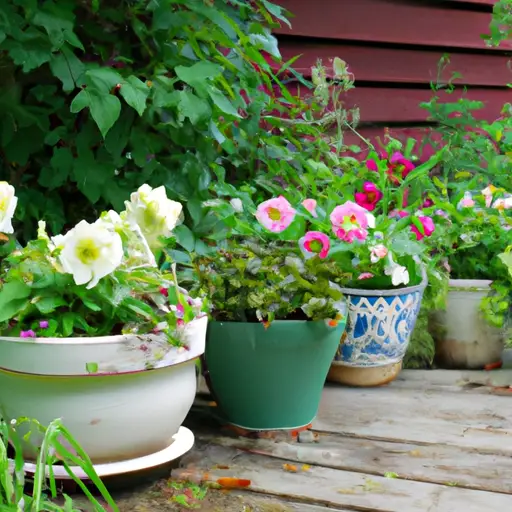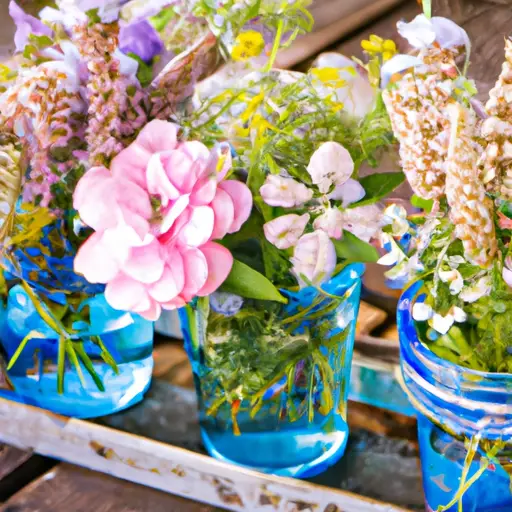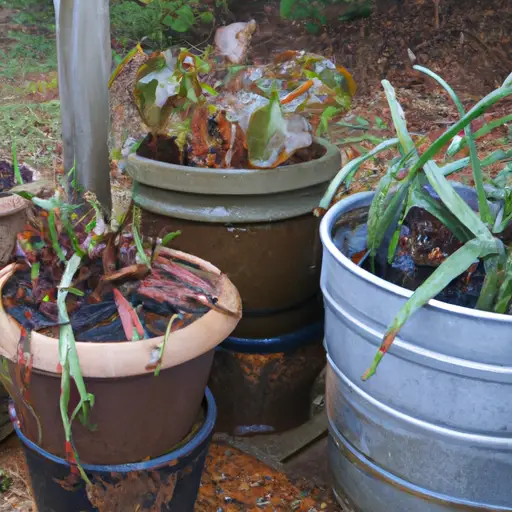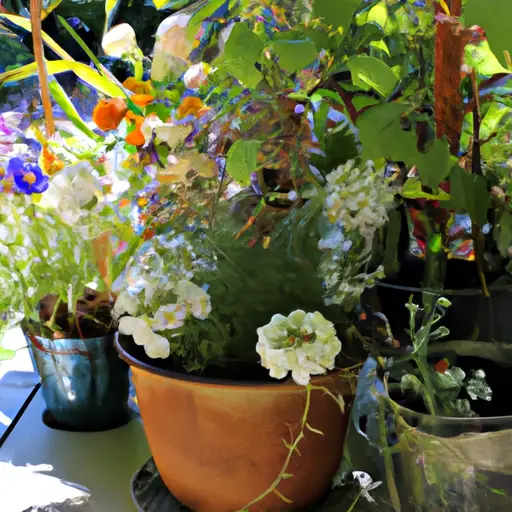The Power of Plants: Health Benefits of Container Gardening
The Power of Plants: Health Benefits of Container Gardening
In today’s fast-paced world, finding time to connect with nature can be challenging. However, the power of plants should never be underestimated. Whether you live in a bustling city or have limited outdoor space, container gardening opens up a world of possibilities for reconnecting with nature and reaping the numerous health benefits it offers. In this article, we will explore the positive impact of container gardening on our physical and mental well-being, and how it can enhance our overall quality of life.
One of the significant health benefits of container gardening is its potential to improve our mental well-being. Research has shown that spending time outdoors and being surrounded by greenery can reduce stress levels and elevate moods. The act of nurturing plants and watching them grow can provide a sense of accomplishment and boost self-esteem.…


